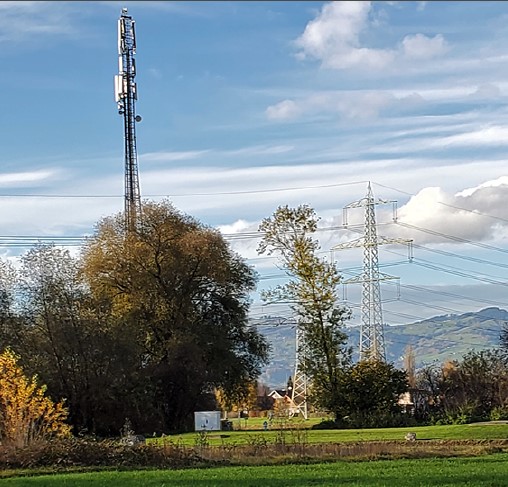by Alexander Apostolov, USA

Like it or not the world of electric power systems has drastically changed during the last few decades. While in the past we can claim that we had wires everywhere, now it is clear that we have communications everywhere.
And this is good news, because we really need them. The world of electric power systems with large fossil fuel-based power plants, transmission lines and radial distribution systems protected mainly by distance relays and overcurrent protection that may clear the faults in hundreds of milliseconds or even seconds in some cases is gone. This is not possible anymore today.
Renewable energy resources distributed all over the grid require fast short circuit fault clearing in order to support the ride-through of the DERs. The fact that practically there is no short circuit fault current because of the inverter-based interface to the grid is very challenging for the traditional protection solutions.
That is why we need communications and not only to ensure the stability of the grid as was the case in the past, but to improve the reliability and security.
Routable GOOSE messages are becoming available for different accelerated protection schemes that can be used not only at the transmission level of the grid, but also for the distribution feeders protection in cases of high penetration of distributed energy resources.
Considering the fact that now we have large numbers of rooftop photovoltaic panels delivering power at the low voltage level of the system we need to find a way to integrate them to the rest for the most efficient control of the grid. This is where the publication of IEC 61850 – 8-2 comes into play to support communications with smart devices based on XMPP for the grid edge.
And the testing of protection and control devices and schemes does not rely anymore on hard wiring as well.
Today we can test a distributed protection scheme by controlling it from a single location over the Internet and in the case of digital substations we can do it from the comfort of our office without having to drive to the substation to do it, as was the case in the past and even most of the time today.
So, when we drive around, we should not be surprised to see transmission and communication towers everywhere.








